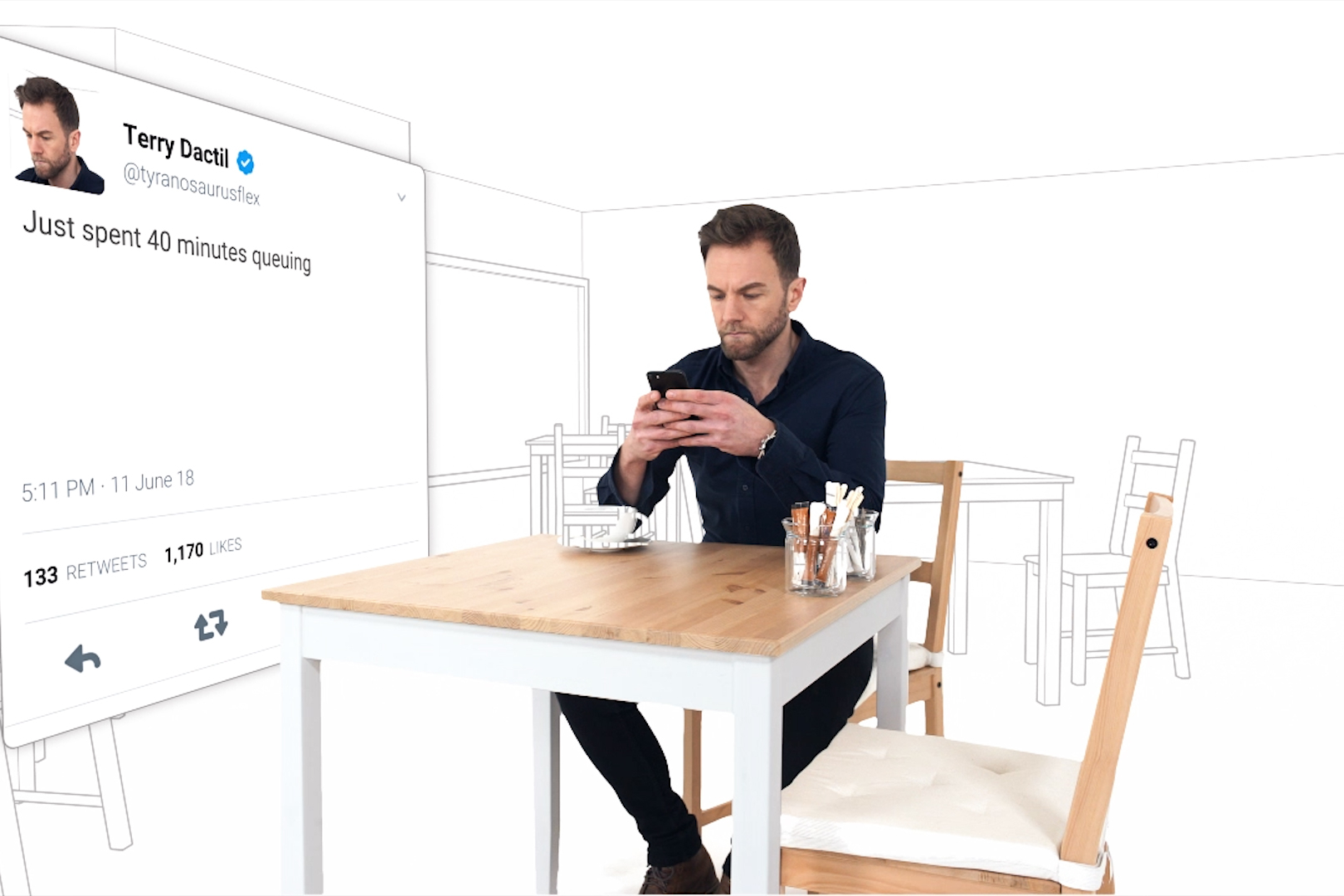What’s the difference? Virtual vs Augmented Reality
Virtual vs Augmented Reality – the differences and how to exploit the benefits.
These are interesting times my friends. Technology has advanced to a level where it is sometimes difficult to distinguish between fantasy and reality. Virtual vs Augmented Reality have such huge potential that it can be a little overwhelming and misunderstood.
So let’s take things back to basics.

A brief history
AR (Augmented Reality) and VR (Virtual Reality) technologies are not new. Rudimentary elements of VR refer back as far as the 1860s* but the more developed systems were in military use between 1970 to 1990. The 90s saw devices entering the consumer market and in 2010 the release of the Oculus Rift brought devices into our homes. AR follows a similar timeline in development but has experienced a faster uptake due to its easy deployment.
The basic differences
In VR you wear a pair of goggles designed to take you away from the real world. Everything you see and hear is digitally created. If you’re familiar with the film Ready Player One, the characters are using VR.
In AR you use a smart device such as a mobile, tablet or headset (such as Microsoft’s Hololens), to view the real world and overlay digital content over the top. If you can recall Tony Stark’s view when he’s looking out of his Iron Man suit that’s AR.
The opportunities
VR lends itself to taking viewers to the impossible. Cure phobias by exposing people to their fears in a safe environment, stand on the highest point on earth with no danger of falling or experience zero gravity standing on the moon from the safety of your living room.
We created a VR event experience enabling attendees to experience how our client can guide businesses through an uncertain economic climate to a safer future. The viewer was transported from a dark and derelict rooftop through the city skyscrapers to the safety of our client’s business accompanied by videos explaining our client’s virtues and proof.
AR is focused on supplementing the real world, some cars already augment directions on heads up displays without taking your attention away from the road ahead. Car manufacturers can give you specs of every little detail as you inspect their latest models i n the showroom and furniture manufacturer Ikea let you see their products in your own room before you buy via a mobile app.

We built our own digital business card so people can understand what we do and see examples of our work without relying on simply a business card that is easily lost.
So which technology is right for you?
People often get these and more technologies confused. VR, AR, MR (Mixed Reality) and 360 filming can be confusing, so it’s best to ask an agency to suggest which technology suits your project best rather than ask for a VR or AR project from the start.
In terms of hardware costs, AR is the quick win, with 75% of the world owning a smart device in the world the potential for users is huge and already in place. The cost to them is their device and service provider which they’re already paying. VR requires a dedicated setup, decent spec PC and goggles, around £400 which does reduce the size of your audience but the experience is much richer for it.
Cost of development is relatively similar across the platforms so it depends on the complexity and time it takes to concept and develop your app.
The same goes for time, a quick Snapchat mask can be done in a few hours whereas a full app can range from weeks to months in creation.
Tell your story first, that will probably tell you which technology route to take.
Are you planning a conference that requires video?
Download our event video checklist below or contact us to talk about your requirements:
studio@ar-media.co.uk or 01604 621600
* (Source: https://en.wikipedia.org/wiki/Virtual_reality)
Blog posts
How is Matterport different to 360° video?
October 4, 2023
What kind of video will work for you?
August 16, 2023



